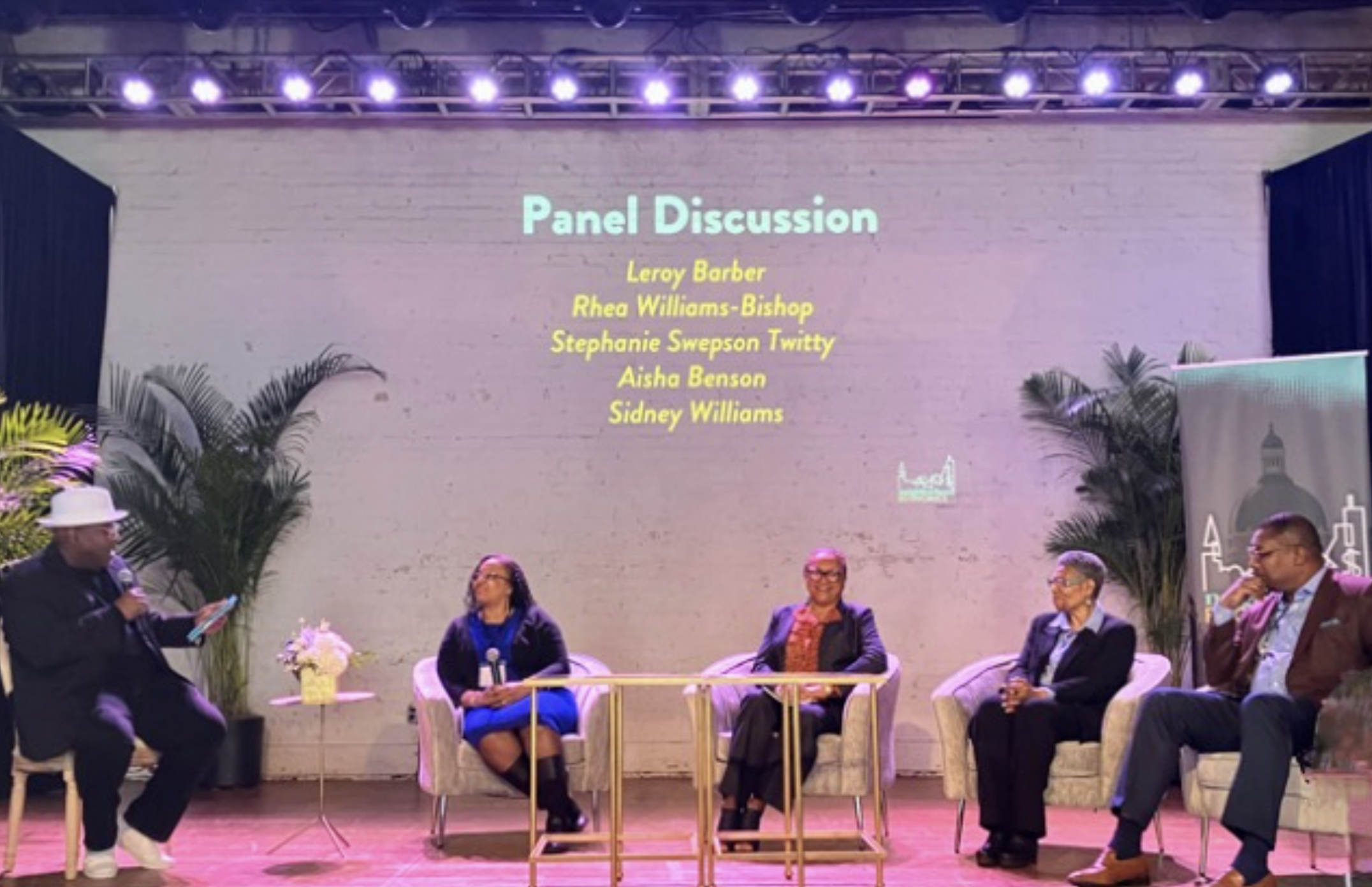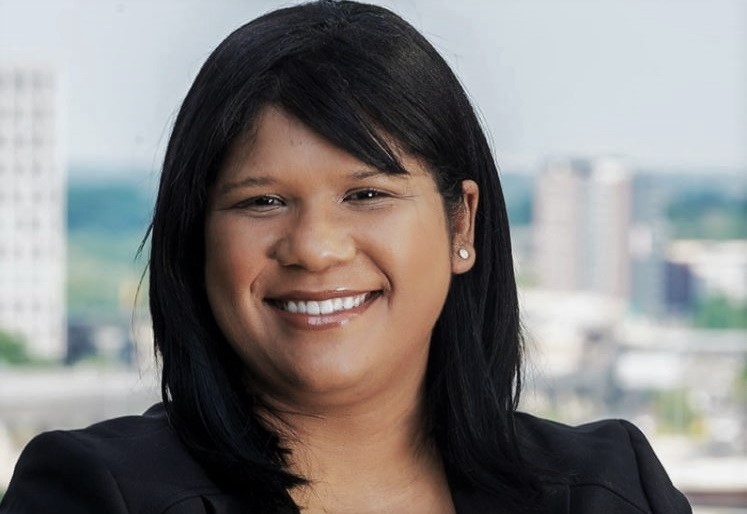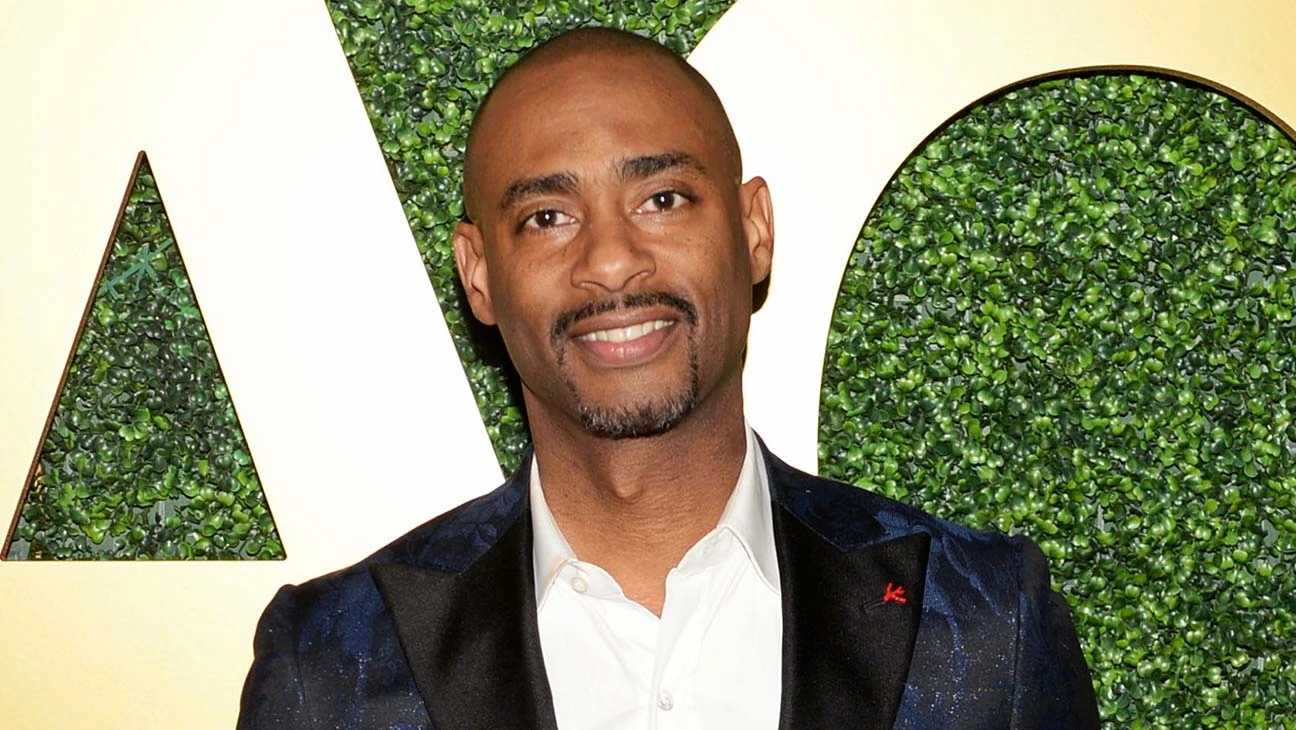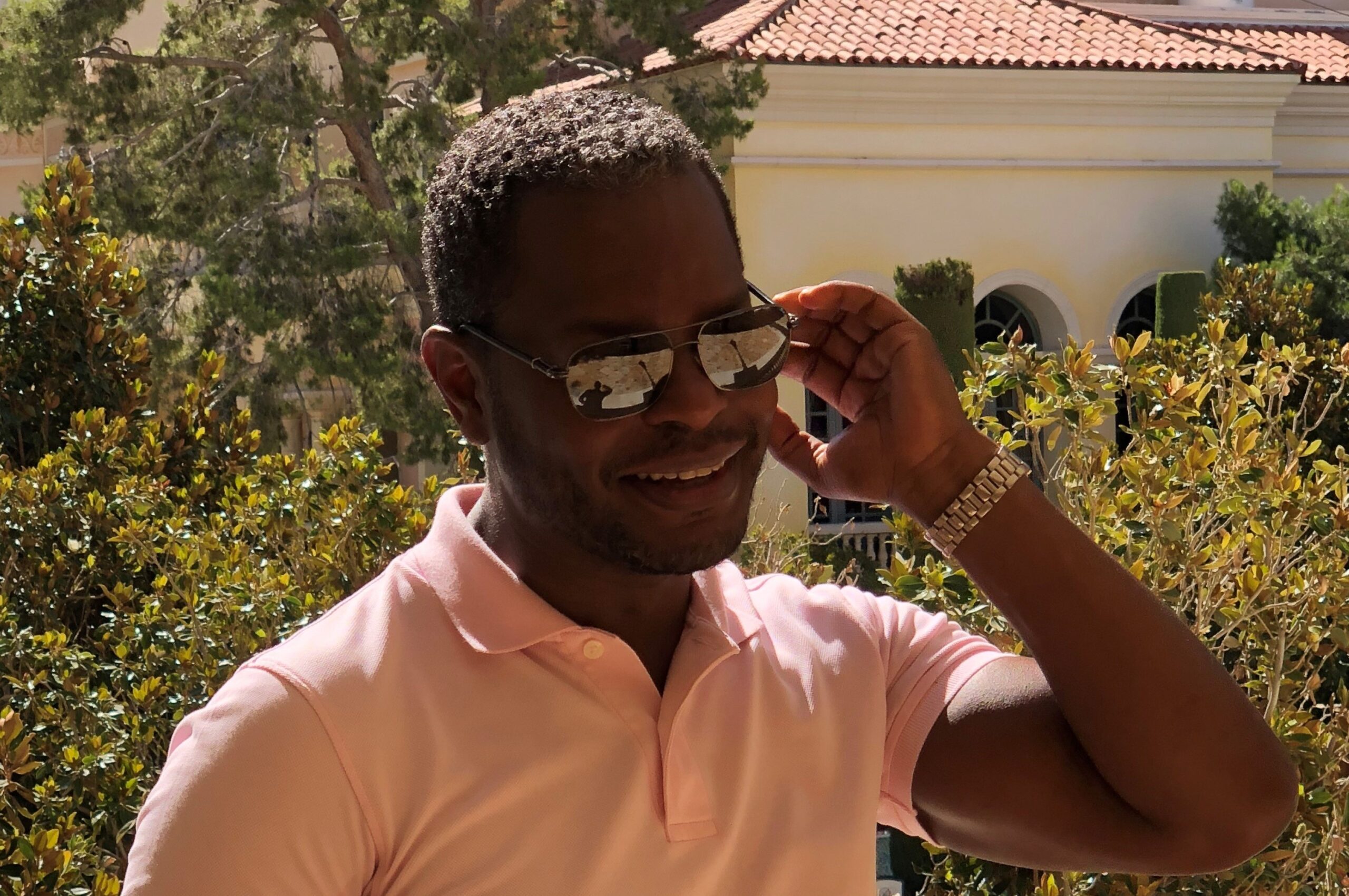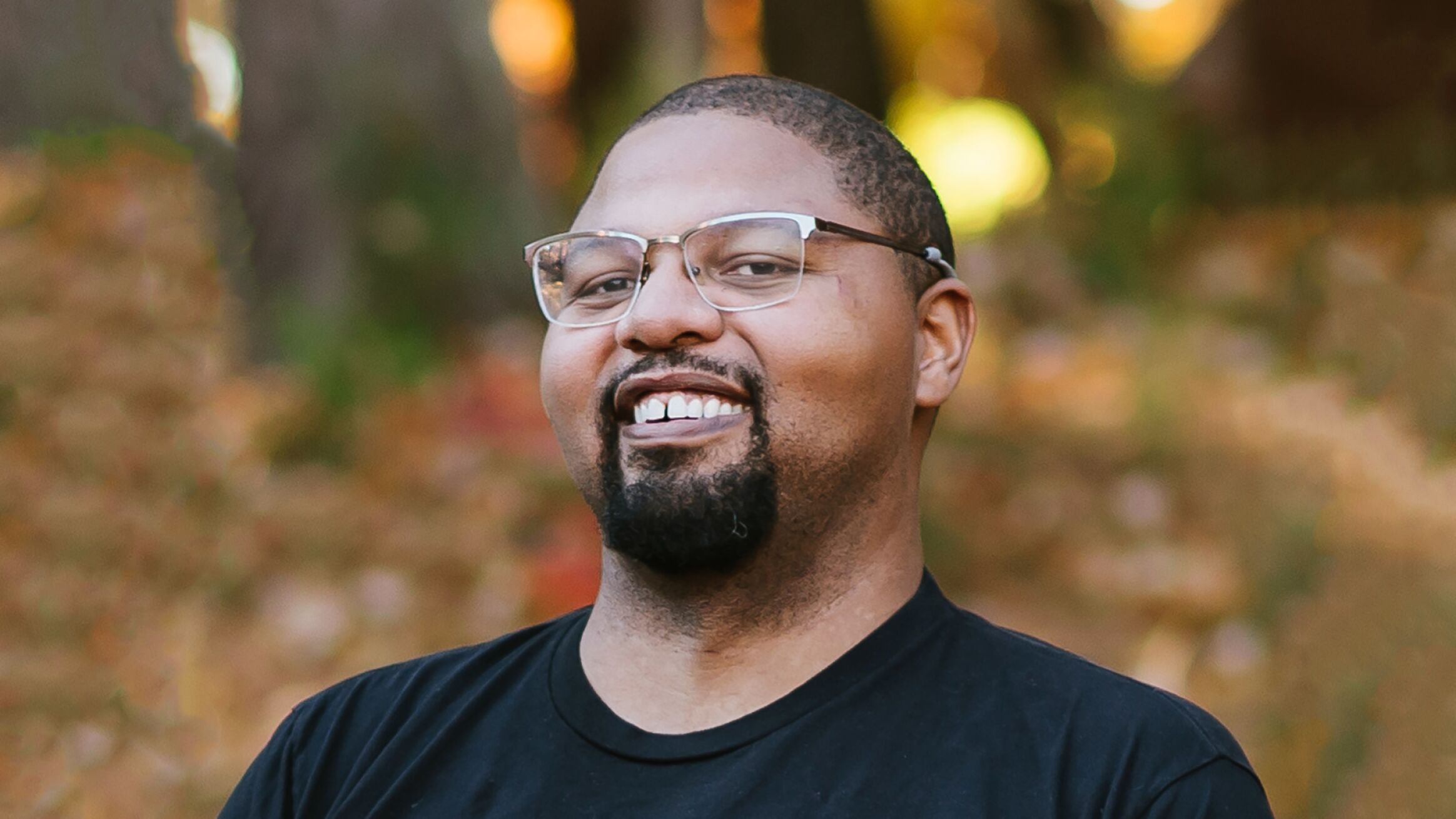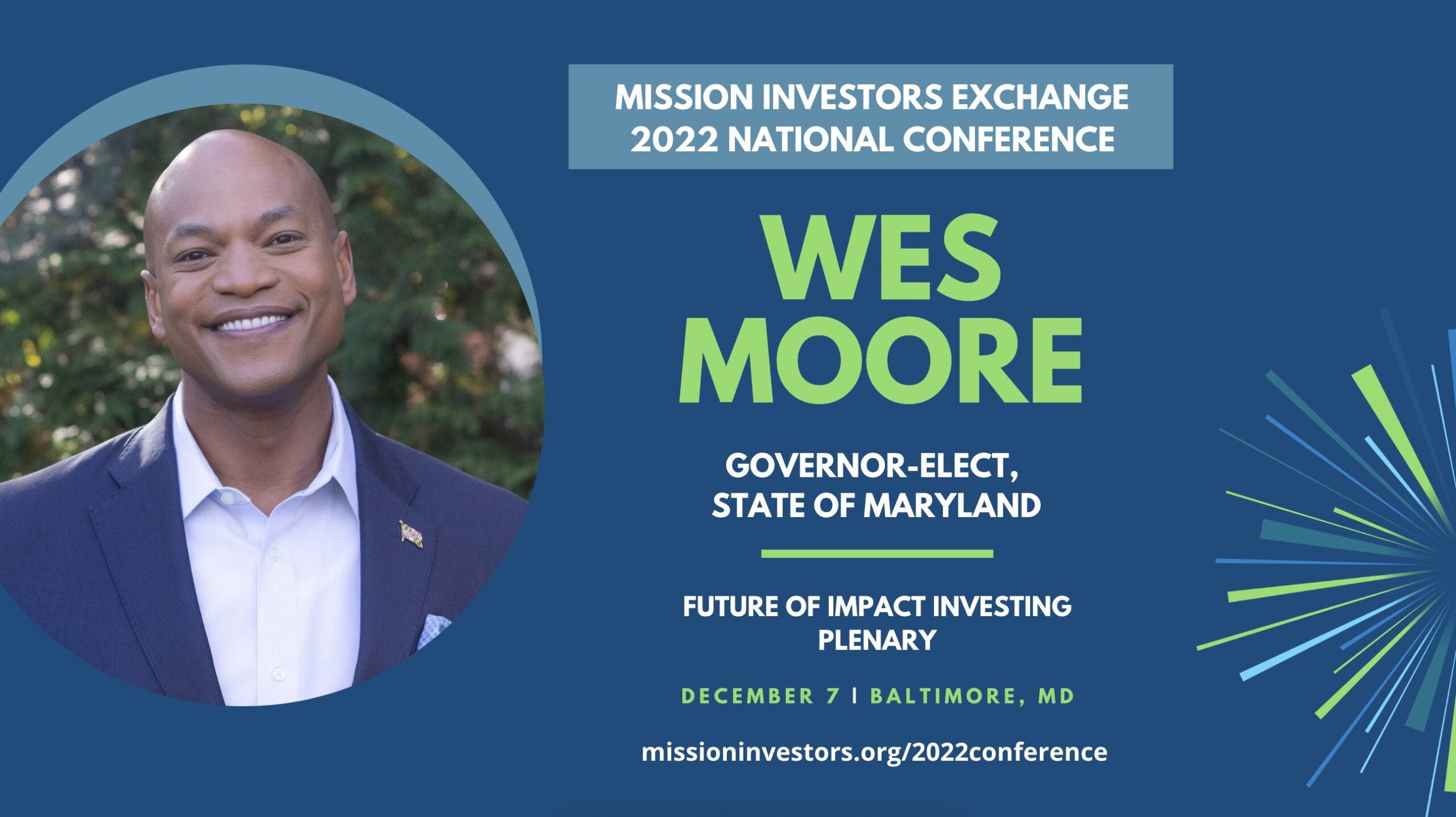The period after the Civil War was a time of great ferment, division – and systemic change. Today’s confluence of pandemic, division and popular mobilization presents its own opportunities for systemic change – and reconstruction.
The uprising against systemic racism that spilled into the streets this summer, also pushed its way onto the agenda of global investors as a systemic risk on the scale of climate change. “If racism is a systemic risk, overcoming its legacy and investing in justice and equality are systemic opportunities,” we wrote over that long weekend that followed the killing of George Floyd.
In Agents of Impact Calls, profiles, guest posts and dozens of interviews, the opportunity to root out racism in finance and the economy became clear. “Centering Blackness,” the Insight Center’s Anne Price, Jhumpa Bhattacharya and Dorian Warren wrote this summer, “allows us to envision and build a world where anti-blackness does not exist and work toward tangible solutions to benefit all Americans.” Such a framework, which requires policies and practices that intentionally lift up and protect Black people, “allows for possibilities of redemption, reconciliation, and transcendence.”
>>Listen in. ImpactAlpha contributing editor Monique Aiken spoke with Anne Price on an October edition of ImpactAlpha’s Impact Briefing podcast.
ImpactAlpha has long featured Agents of Impact and New Revivalists doing the work of challenging and changing assumptions, practices and power structures within finance and investing. Capital Impact Partners’ Ellis Carr, for example, is demonstrating affordable housing, schools, healthcare and grocery stores that serve low-income communities are not as risky as perceived by conventional capital. 1863 Venture’s Melissa Bradley is wrapping support around Black and Brown-owned businesses to create jobs and wealth. Illumen Capital’s Daryn Dodson is tackling investors’ racial and gender biases to unlock hidden value.
On cue, investors and institutions with a proactive vision of racial justice and economic liberation emerged as critical to the COVID response and recovery (see, “Expanding financial capillaries,” below). With new fund theses and practices, they’re also modeling the broader economic reset, and our own reconstruction (see, “returns on inclusion”).
What we’ll be watching for in 2021: Public policies and investment practices that center Blackness also deliver solutions for communities more broadly in the U.S. “The Reconstruction is a beat, it’s a podcast series and it’s a platform for the emerging positive vision that centers Blackness as we recover from the pandemic, reset for climate action and reimagine capitalism both here in the U.S. and around the world,” as ImpactAlpha contributing editor Monique Aiken said on last week’s podcast. ImpactAlpha is watching for all the ways finance drives racial injustice and for the investors doing the opposite: deploying their financial and social capital to root it out.
Systemic risks, systemic opportunity. Investors have been talking about systemic risks at least since the Great Financial Crisis of 2008. Alongside climate change and income inequality, systemic racism has been recognized as a systemic risk as well. To even begin to play a role in uprooting systemic racism, investors have to modernize investing itself.
- Where racism shows up. “All investments lead to some kind of socioeconomic outcome,” declared Transform Finance in “How investments drive injustice and what investors can do about it.” Investments in real estate, for example, need to consider displacement and gentrification in communities of color.
- Data matters. Adasina Social Capital’s Adasina Social Justice All Cap Global ETF, launched last week, tracks the firm’s index of public equities screened for indicators of social justice. Adasina worked with social justice activists to identify the issues most affecting their communities.
- Municipal finance. Cities that treat their residents fairly have longer, stronger fiscal outcomes, says Activest’s Ryan Bowers. Cities that do the opposite risk stranding assets of such injustice, including jail infrastructure and extractive revenues, leaving taxpayers and investors with liabilities and expenses.
- What they say vs. do. Asset managers’ racial justice pledges put a spotlight on their own investments and stewardship activities. In 2020, BlackRock and Vanguard voted overwhelmingly against proposals such as board diversity and pay disparities that directly relate to issues of racial justice in a company’s operations and governance.
Redistributing power. It’s no longer enough to invest for impact. The investment process – who decides, how it is structured and who benefits – is also under scrutiny.
- Sharing power. After becoming the first foundation to align 100% of its assets with its mission, the $300 million Heron Foundation upped the bar. It’s new goal: shifting capital and deployment decision-making into the hands of community leaders themselves. DAFs are rethinking power dynamics. And Candide Group’s Olamina Fund created an community advisory board made up of individuals from rural, native and southern communities to whom it lends; two of them serve on the investment committee.
- Community-led funds. The blueprints for a racially inclusive recovery already are taking shape in communities across the country. In Oakland, Calif., Boston, and New Mexico, local funds such as Runway, Ujima Fund and Boston Impact Initiative are doing deep, innovative, relationship-based work – and sharing power and wealth with community members. “Investment structures look very different when you start with the needs of distressed communities and the entrepreneurs who live in them,” says Jeff Rosen of Solidago Foundation, which funded a study of emerging community-driven fund models.
- Employee ownership. Another strategy for growing wealth: Employee ownership models such as worker cooperatives and employee stock ownership. Such models are time-tested solutions that can both save viable small businesses and contribute to closing the racial wealth gap, wrote Philip Reeves and Todd Leverette of Apis & Heritage Capital. Even private-equity firm KKR has seen employee engagement and retention increase after sharing a half-billion dollars in dividends and other proceeds to about 20,000 hourly employees of eight companies.
Expanding financial capillaries. Community development financial institutions, of CDFIs, “an overnight sensation 30 years in the making,” proved their worth in 2020. The COVID pandemic and economic shutdowns revealed a banking system largely unresponsive to small businesses and rural and communities of color. CDFIs and minority-owned depository institutions, or MDIs, were able to speed capital to the smallest businesses and help them shift their business models to new realities. The challenge now: expanding the capacity of these vital financial capillaries.
- Covid response. Many CDFIs proactively reached out to borrowers to defer payments, modify terms and offer coaching. Those that were able to participate in the Paycheck Protection Program mobilized quickly to process loans for thousands of small businesses outside traditional banking channels, including for customers of smaller CDFIs not included in the Small Business Administration-run program.
- New backers. CDFIs have traditionally gotten most of their funding from banks, which make low-cost loans to satisfy their Community Reinvestment Act requirements, and via government grants. The racial reckoning prompted corporations from Netflix and Google to Twitter and Yelp to deploy some of their idle cash into CDFI and MDIs. MacKenzie Scott, philanthropist and Agent of Impact has doled out more than $4 billion in grants to organizations including CDFIs. RSF Social Finance, Candide Group’s Olamina fund and other investors have deposited cash with Native-owned banks. And offerings from CNote, Tiedemann Advisors and StoneCastle Cash Management made it easier for big investors to park cash with community lenders.
- Policy. A much-delayed stimulus package could come this week that would provide another $300 billion in relief for small businesses, and earmark $12 billion for CDFIs and MDIs. But the stopgap measure does not lessen the need to revamp the small business ecosystem to better support community funders and the often abandoned communities that they serve. Policy ideas range from boosting the Treasury’s CDFI Fund, to creating a domestic development bank to rebuild small businesses, supply chains and infrastructure, to a federally-backed “national recovery vehicle” that would buy loans from CDFIs to create liquidity.
Returns on inclusion. Asset owners and fund managers are seeking “inclusion alpha” in overlooked founders and markets where they can help unlock value and execute deals that others can’t.
- Investing in racial justice. Systemic racism in finance results in misallocated capital, lost talent, overlooked markets, untapped innovation and wasted time. Institutions and firms from Kellogg Foundation to Kapor Capital are seeking systemic opportunities in overcoming its legacy and investing in justice and racial equity.
- Tech solutions to systemic racism. Technological solutions to structural racism, that allow every person of color in the US to participate in the economy, represent a series of multi-billion dollar investment opportunities. That’s the thesis of Kesha Cash’s Impact America, which raised its second fund at $55 million.
- Combating bias. Reduce fund manager bias. Increase performance. Generate more impact. Illumen Capital, the impact investment fund-of-funds led by Daryn Dodson, closed its first fund with $85 million to root out implicit, not to mention explicit, racial and gender biases as impact investment funds.
- Gatekeeper diversity. The upside: More than half of the top 30 investment consultant firms are disclosing staff diversity data. The downside: firms are still overwhelmingly white and male, according to the latest study from Diverse Asset Managers Initiative. Studies show a lack of diversity sacrifices returns.




